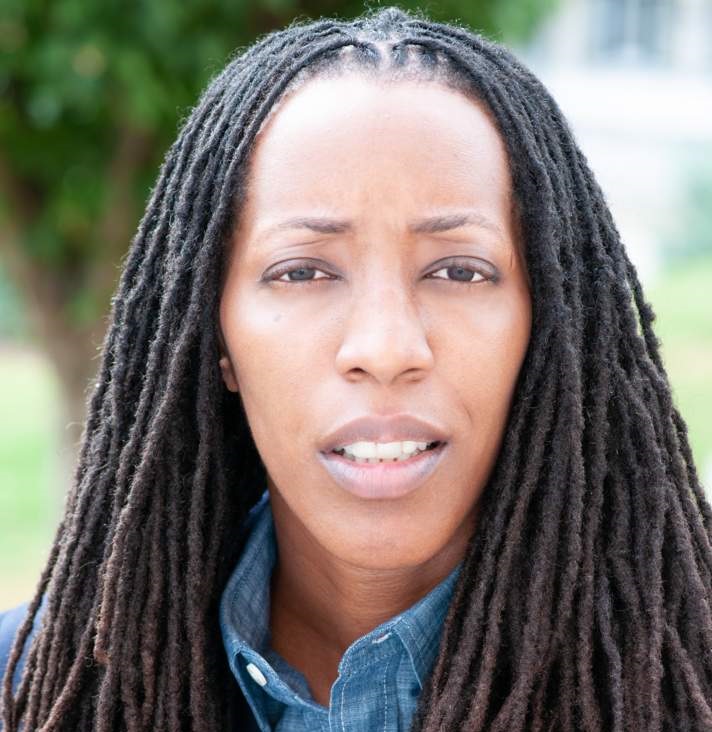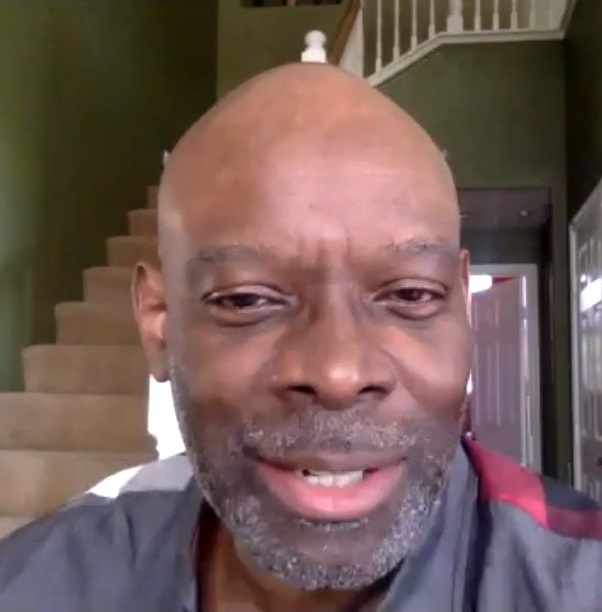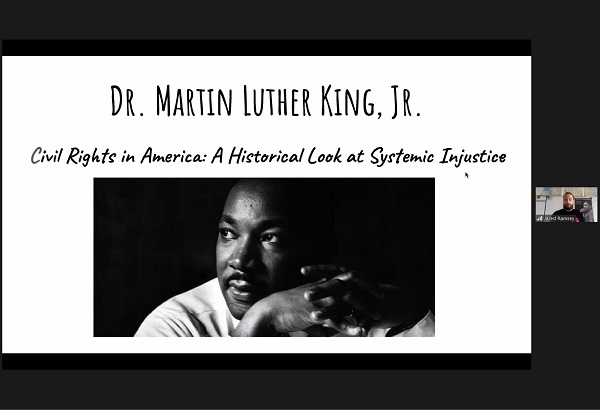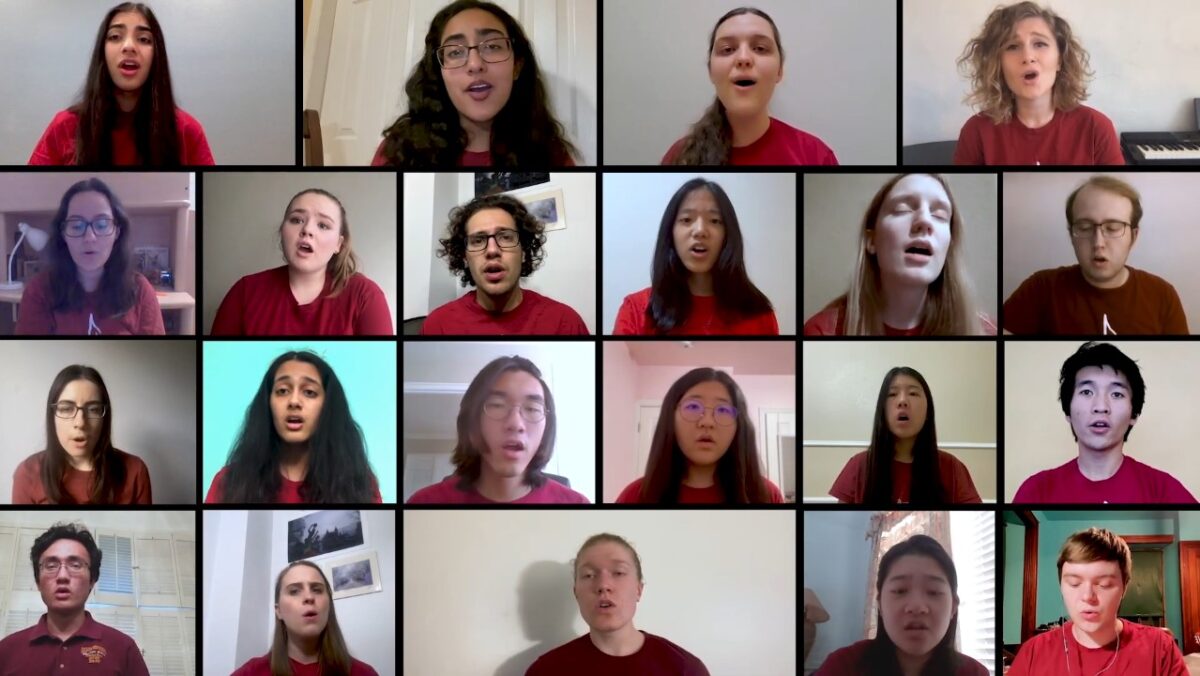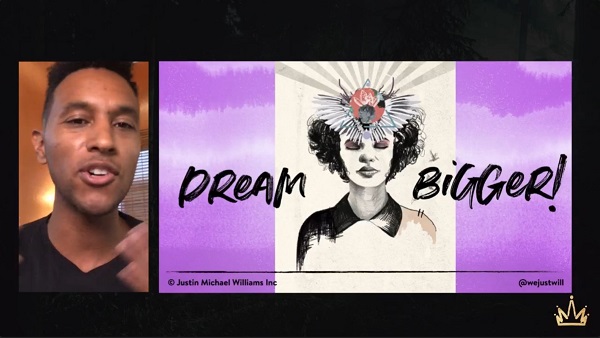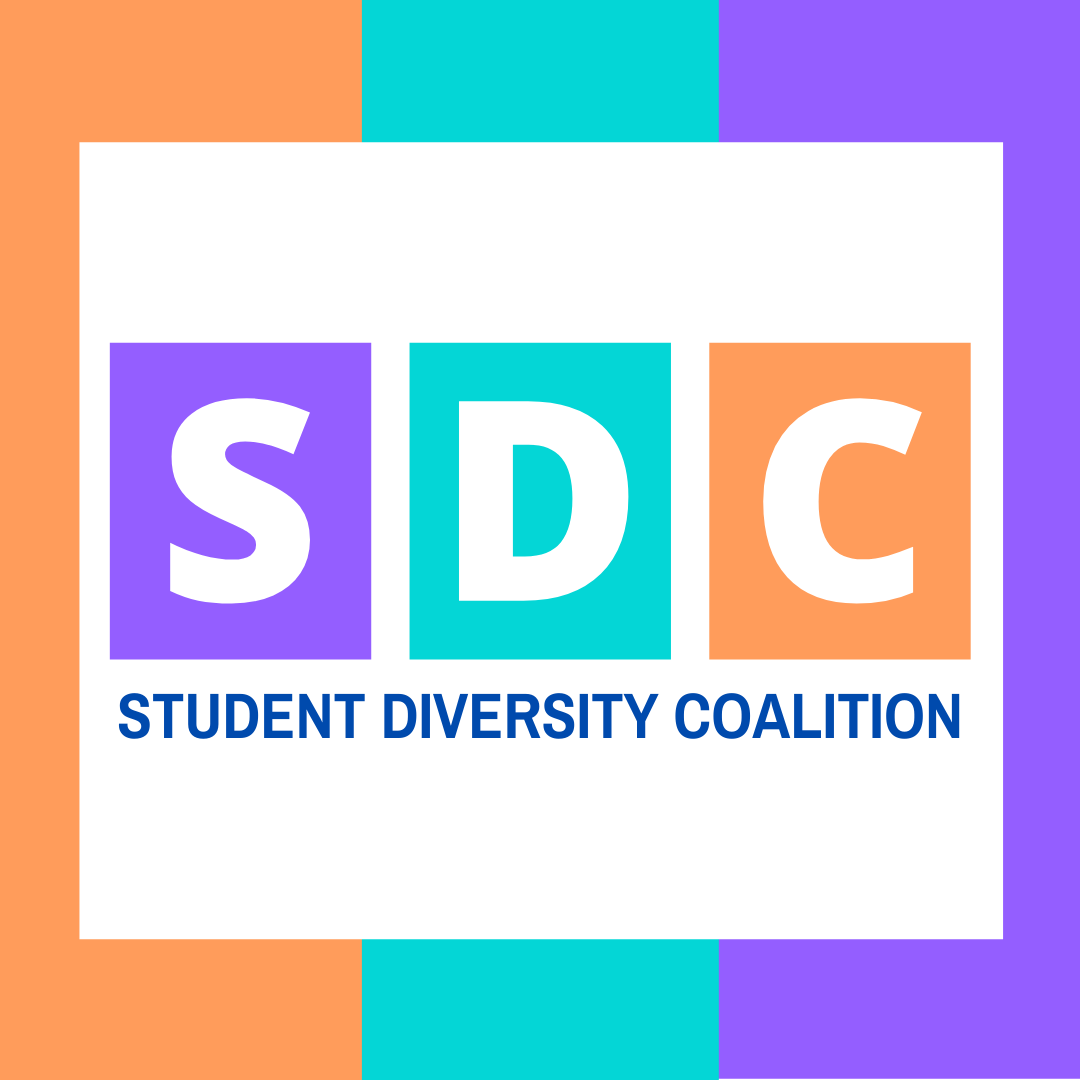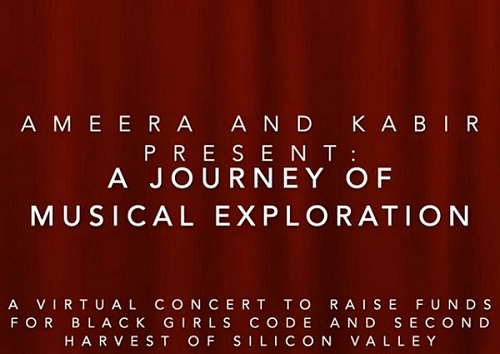Last week, Simar Bajaj ‘20 gave a presentation to Harker students to expand on the points made in an essay he co-wrote that was published in the New England Journal of Medicine in January.
DEI
Bettina Love delivers webinar on Black history, racism and abolition
To recognize the beginning of Black History Month, Harker’s Black Student Union and Student Diversity Coalition hosted a webinar by Dr. Bettina Love, the Athletic Association Endowed Professor at the University of Georgia and author of “We Want to Do More Than Survive: Abolitionist Teaching and the Pursuit of Educational Freedom.”
Music professor Ron McCurdy speaks on Harlem Renaissance
Ron McCurdy, a professor of music at USC, gave a special presentation Tuesday on the Harlem Renaissance of the 1920s and 30s.
Lower school celebrates Martin Luther King Jr. with activities and learning
The lower school recognized the legacy of Dr. Martin Luther King Jr. with a wide variety of activities and class sessions that discussed his life and the lessons to be learned in his battle for civil rights.
Harker to conduct Assessment of Inclusivity and Multiculturalism
Alumna-directed choir performs to benefit Black artists and activists
In November, Carnegie Mellon University’s D Flat Singers, for which Anika Banga ‘18 serves as musical director, took part in a virtual concert to raise money for 1Hood, a Pittsburgh-based organization that advances social justice causes through art.
Justin Michael Williams leads assembly in meditation
On Tuesday, Harker’s LIFE (Living with Intent, Focus and Enthusiasm) organization held a special assembly featuring speaker, singer and author Justin Michael Williams.
Student Diversity Coalition looks forward to fostering DEI discussions
Last week, the Student Diversity Coalition was formally established by seniors Brian Pinkston, Dylan Williams, Natasha Yen and junior Uma Iyer.

